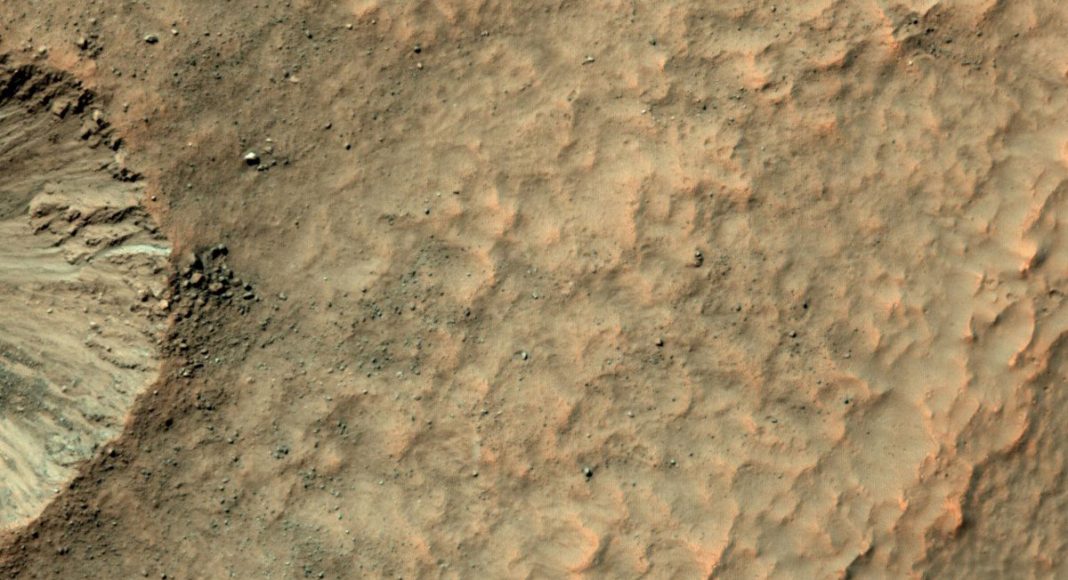On February 2021, NASA plans to send a small helicopter to Mars in hopes of having it fly autonomously over the planet, capturing better views, and helping scientists understand the unknown.
The helicopter will be a little larger than a softball and it will travel to the planet via the Mars 2020 Rover mission, which is scheduled for departure on July 2020. The ship is expected to travel space for seven months, lading in February of the following year.
Jim Brindestein, NASA administrator, claims that flying a helicopter over another planet is a “thrilling” idea, and that it also holds much promise to “future science, discovery, and exploration missions to Mars.” If the mission were to be successful, the helicopter would be able to capture different views of Mars, helping future astronauts understand the planet more and opening up possibilities for more inventions and developments in space.
-
Related Story: WATCH: New NASA Animation Is Literally Over The Moon
The Mars Helicopter took over four years to build due to its complex features. The device has a low weight of 4 pounds and a lot of power, rotating at 3,000 RPM, which is 10 times the rate of a helicopter on Earth. “The altitude record for a helicopter flying here on Earth is about 40,000 feet. The atmosphere of Mars is only one percent that of Earth, so when our helicopter is on the Martian surface, it’s already at the Earth equivalent of 100,000 feet up,” said Mimi Aung, Mars Helicopter project manager. “To make it fly at that low atmospheric density, we had to scrutinize everything, make it as light as possible while being as strong and as powerful as it can possibly be.”
The helicopter is also equipped with solar panels to charge its battery, and heating pads so it can withstand the extreme cold weather on Mars.
-
Related Story: Trippy Video Shows How Lightning Looks From Space
The device will be able to fly once the Rover mission has landed on Mars and several tests are conducted. The helicopter will need to be placed in a suitable location where it can be deployed and then, following commands from Earth, fly independently and collect data.


